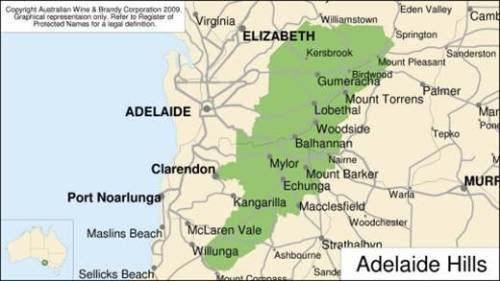The wines of the South of France have generally been of a minor interest to me. I think that there is so much to learn about wine that you have to be selective and concentrate on your primary interests first.
The joy, however, is that then you can broaden your scope and revisit these areas and rediscover wines that you may have only had a cursory look at previously
The Languedoc, Roussillon and Provence tend to get lumped together and are often seen as an extension of the Rhone and good for Rose.
These areas are vitally important because they have their own distinct character and are the test centres for new winemaking techniques as well as experimentation with different grape varieties and blends.
The wines of the South of France first gained a worldwide reputation during the 1970s when the ‘flying winemakers’ from Australia would fly to the South of France to work. Having finished the harvest in the Southern hemisphere they could now work another vintage in France. They brought with them modern wine making techniques and a willingness to step outside the conventions of the strict appellation systems in France. These wines gained a reputation for their fruit forward style. The emergence of these wines also made people more curious about the various and diverse appellations of these regions. A rising tide lifts all boats.
So now we come to Provence. The main appellations are Bandol, Bellet, Cassis, Coteaux de Pierrevert, Cotes-de-Provence, Côtes de Provence-Sainte Victoire, Coteaux Varois, Les-Beaux-de-Provence and Palette. If you ever have to discuss diversity in the South of France you may do well to remember Bandol and the Mourvedre grape. The red wines of Bandol must be made from a minimum of 50% Mourvedre. The remaining percentage can come from Cinsault or Grenache.
I decanted the Domaine Tempier Bandol 2001 and left for a few hours to soften out. I must point out that the ABV is 15%. The colour was a rich ruby with an orange glow from rim to core. The bouquet was quite alcoholic as you would imagine and interspersed with violet notes. On the palate the wine was a monster with great structure, medium tannins, red currant, dark fruit and a long lingering finish of liquorice. This wine needs food and would be hard to drink more thatn 2 glasses at a time. I bought this in Enowine about 3 years ago for around €24. It is available in Karwig wines and McCabes.








